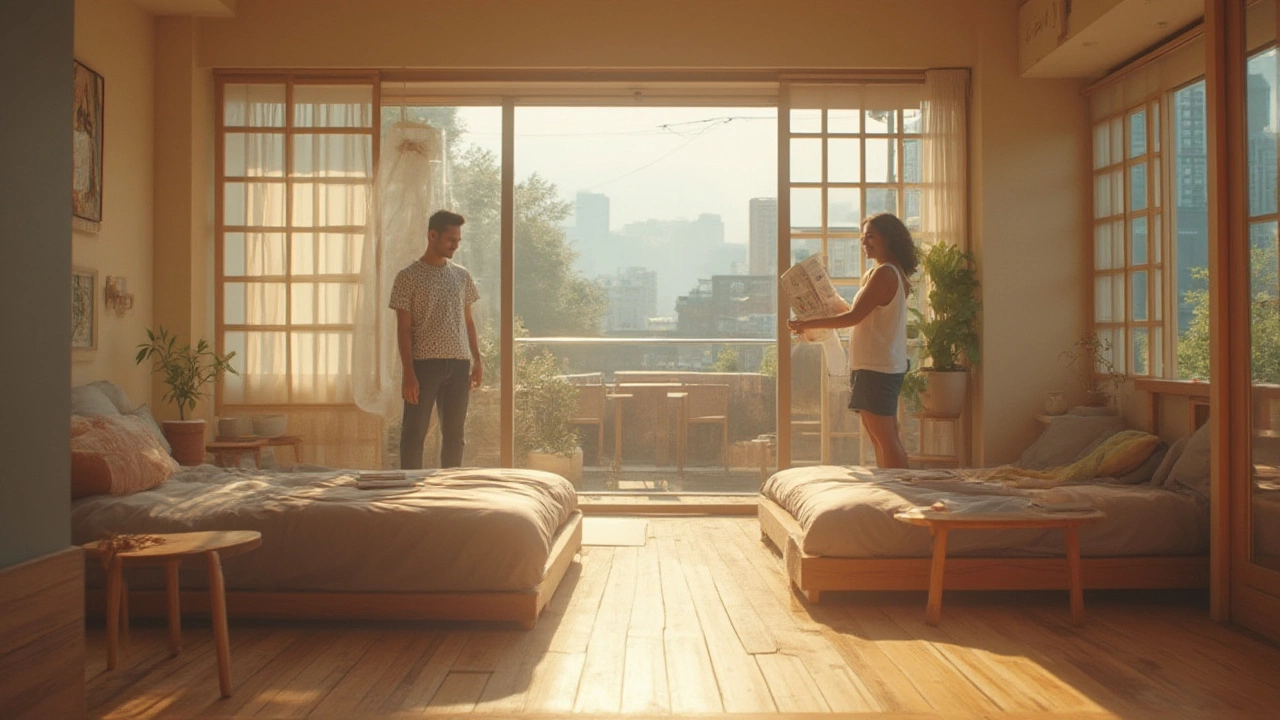Thinking about moving to Japan or just curious about how locals live? Japanese apartments use a mix of letters and numbers that tell you the size, layout, and even the vibe of the place. It can look confusing at first, but once you know the code, choosing a home becomes a lot easier.
Most listings show a combination like 1K, 2LDK or 3DK. The number tells you how many separate rooms (usually bedrooms) the unit has. The letter describes the extra space:
So a 2LDK means two separate rooms plus a combined living‑dining‑kitchen area. A 1K is a single room with a tiny kitchen nook – perfect for solo living or a tight budget.
Studio (S): One room that does it all. Usually between 15‑30 sqm. Great for students or short‑term stays.
1K: One bedroom and a small kitchen. Good for one person who wants a bit more privacy than a studio.
1DK / 1LDK: One bedroom plus a separate dining/kitchen area (DK) or a full living area (LDK). Ideal for couples who need a little extra space.
2K / 2DK / 2LDK: Two bedrooms and the respective kitchen layout. Families with a child or roommates often pick these.
3LDK and larger: Three or more bedrooms plus a spacious living‑dining‑kitchen zone. Suitable for larger families or those who work from home and need an office.
Besides the letter code, you’ll also see terms like apato (apartment building) and manshon (condominium). An apato is usually a low‑rise building with basic amenities, while a manshon is a higher‑end tower that may include a concierge, gym, or security.
Another popular option is the share house. These are communal living spaces where you rent a private bedroom but share kitchens, bathrooms, and lounges with other residents. They’re cheap, social, and often come fully furnished.
When you’re hunting for a place, pay attention to the floor plan (called a madori in Japanese). A 2LDK on the 10th floor of a 20‑storey building will feel different from a 2LDK on the ground floor of a low‑rise complex. Elevators, balconies, and building age also affect rent.Finally, remember that Japanese rent prices include key money (a one‑time gift to the landlord), a deposit, and sometimes a “maintenance fee” for building upkeep. Budget for these extra costs before you sign the lease.
Now you’ve got the basics: decode the letters, match the number of rooms to your lifestyle, and consider the building type. With this cheat‑sheet in hand, finding a Japanese apartment that fits your needs is a lot less stressful. Happy house hunting!

Confused about what a 2DK apartment is? Get the lowdown on this popular Japanese housing type, how it works, and who it's best for. Make smarter rental choices with this in-depth guide.